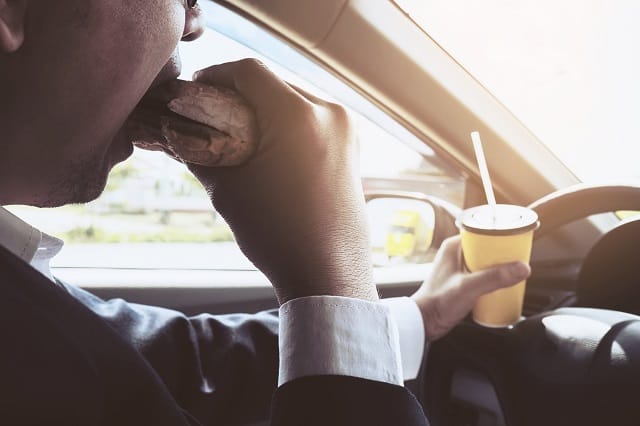Washington drivers are trading one form of distracted driving for another
Posted in Distracted Driving, Firm News on February 1, 2019

On the surface, it sounds like good news: There has been a slight decrease in distracted driving in Washington over the past three years, according to a recent observational study conducted by the Washington Traffic Safety Commission.
But let’s take a look closer at the study’s results.
In 2016 and 2017, the total distraction rate was 9.2 percent. In 2018, the distraction rate was 8.2 percent – a one percent drop.
The study broke down distractions by category:
- Holding a cellphone
- Placing cellphone to ear
- Other distractions (eating, drinking, changing radio station, taking care of a child, etc.)
Rates of holding a cellphone and placing a cellphone to the ear went down from 2016 to 2018. But the rate of other types of distraction went up, from 2.1 percent in 2017 to 3.7 percent in 2018.
So, drivers are using their phones less while driving, but they’re engaging in other forms of distracted driving that do not involve a phone. And we know that anything that keeps a driver’s focus off driving could lead to an accident.
The good news is that the overall rate of distracted driving, according to this observational study, is down. But it also shows that Washington drivers are trading one form of distracted driving for another.
Distracted driving, in its many forms, is a dangerous driving practice. Whether the driver is talking on a cellphone, sending a text message, eating fast food or reaching into the back seat to calm a crying child, the risk of being involved in an accident increases.
What should drivers do? It’s simple: Focus on driving. A phone call can wait. A text message can wait. Don’t eat meals in the car. Program the GPS before starting.
Most of the time, distracted driving is a choice. And just as a driver chooses to engage in distracted driving, he or she can choose to avoid these behaviors as well.